Understanding Scrap: An Overview
Scrap refers to various types of waste materials that can be recycled or repurposed. This concept is further categorized into ferrous and non-ferrous scrap, which includes metals, plastics, paper, and other recyclable materials. The scrap industry plays a vital role in sustainable manufacturing processes and waste management, promoting eco-friendly practices while providing significant economic opportunities.
Types of Scrap: A Classification
- Ferrous Scrap: This category primarily includes iron and steel materials. Common examples are leftover metal from manufacturing processes, old vehicles, and discarded machinery.
- Non-Ferrous Scrap: These materials do not rust and are usually more valuable. They include copper, aluminum, brass, and lead. Common sources involve electronic waste, discarded cans, and structural components of buildings.
- Industrial Scrap: Generated from manufacturing and construction industries, industrial scrap includes leftovers from assembly lines, packing materials, and obsolete equipment.
- Post-Consumer Scrap: These materials have been used and disposed of by consumers. Examples include plastic containers, worn-out appliances, and household metals.
Applications of Scrap: Utilizing Waste Effectively
- Manufacturing Raw Materials: Scrap materials can be turned into raw ingredients for new products, significantly reducing the need for virgin resources.
- Energy Production: Scrap can serve as an energy source in specific contexts, such as biomass or waste-to-energy facilities.
- Art and Design: Many artists and designers repurpose scrap materials for creative projects, contributing to a unique and sustainable artistic movement.
- Construction: Recycled scrap can be used in construction projects, such as using reclaimed metals or plastics in building frameworks and insulation materials.
- Eco-Friendly Products: Many businesses use scrap materials to develop products like recycled paper, sustainable fabrics, and other eco-conscious goods.
Advantages of Recycling Scrap: The Environmental and Economic Impact
- Environmental Benefits: Recycling scrap reduces landfill waste, conserves natural resources, and decreases greenhouse gas emissions associated with production processes.
- Economic Opportunities: The scrap industry fosters job creation and supports local economies through collection, processing, and recycling operations.
- Resource Conservation: Utilizing scrap reduces the need for mining and refining new materials, promoting sustainable resource management practices.
- Cost-Effectiveness: Incorporating recycled scrap materials can lower production costs for manufacturers due to the reduced energy and labor required compared to producing new materials.
- Community Engagement: Many communities have established recycling programs that involve residents and local businesses, enhancing community awareness and participation in sustainable practices.















































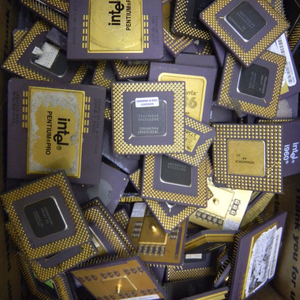


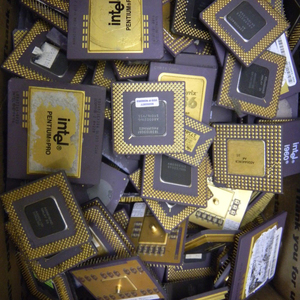
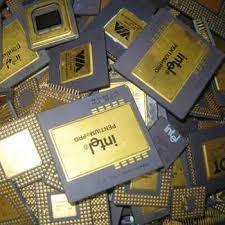
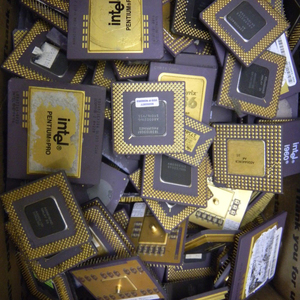









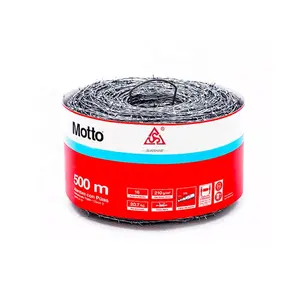



























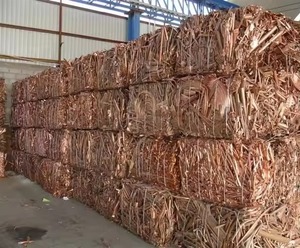
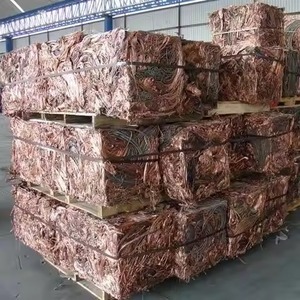
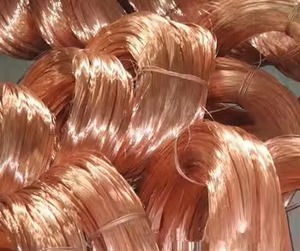
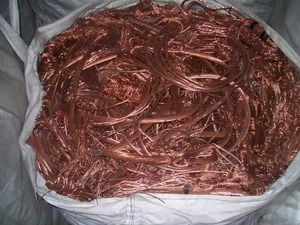
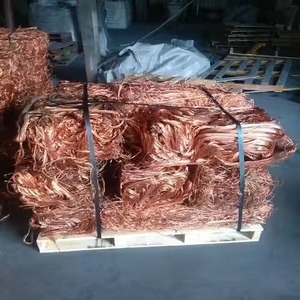
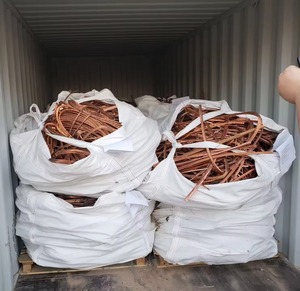






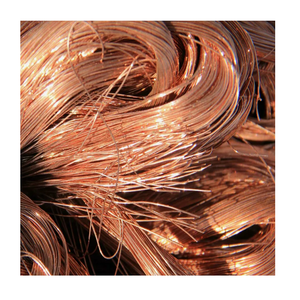



























































































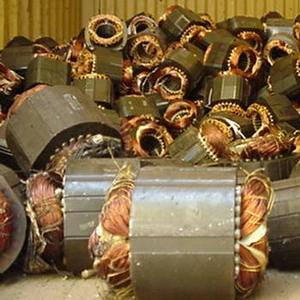































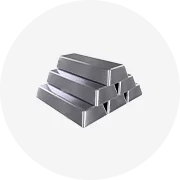
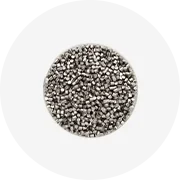
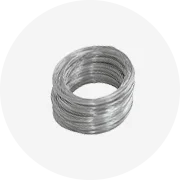
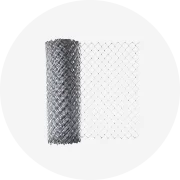
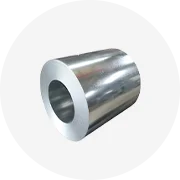
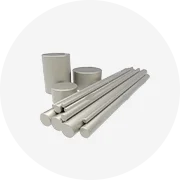
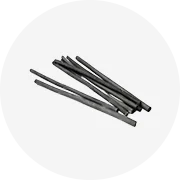






 浙公网安备 33010002000092号
浙公网安备 33010002000092号 浙B2-20120091-4
浙B2-20120091-4